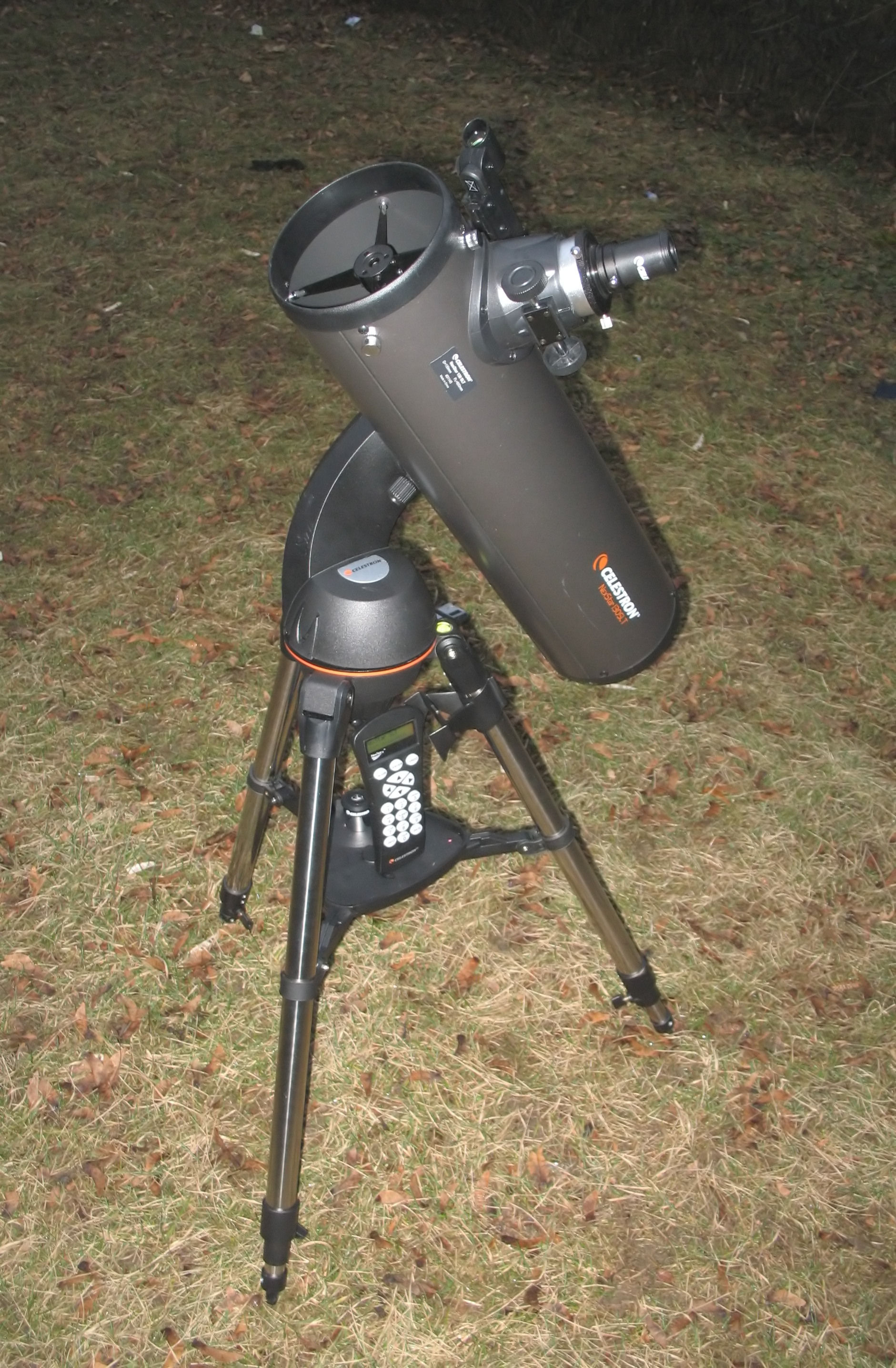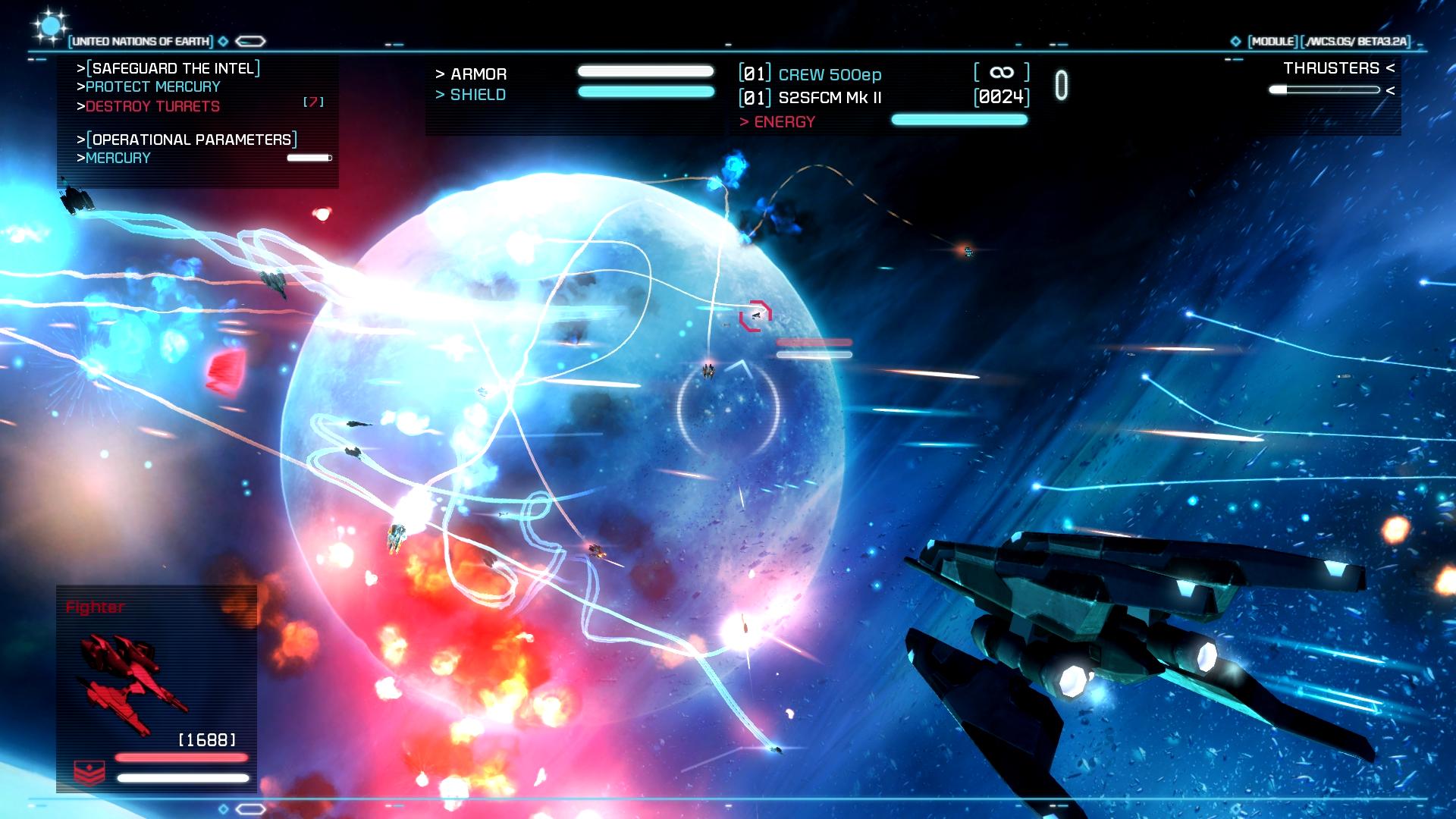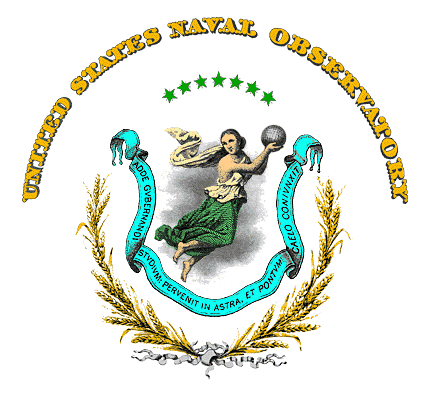|
HNSKY
HNSKY or Hallo Northern Sky is a popular free and open-source planetarium program for Linux, macOS, Microsoft Windows, and Raspberry Pi to simulate the night sky. It is provided with several non-English language modules, numerous astronomical catalogues, conversion utilities and tools, as well as several stellar databases. HNSKY was originally created by Dutchman Han Kleijn in 1998, who continues to develop and maintain the application. It is available in both 32 bit and 64 bit versions. Initially a basic planetarium program, it has expanded in functionality to include the ability to control computerized GoTo telescope mounts, and is ASCOM and INDI compliant and supports the USNO's UCAC catalogs and ESA Gaia data. See also * Space flight simulation game **List of space flight simulation games *Planetarium software Planetarium software is application software that allows a user to simulate the celestial sphere at any time of day, especially at night, on a computer. Such ... [...More Info...] [...Related Items...] OR: [Wikipedia] [Google] [Baidu] |
GOTO Telescope
{{unreferenced, date=February 2014 In amateur astronomy, "GoTo" refers to a type of telescope mount and related software that can automatically point a telescope at astronomical objects that the user selects. Both axes of a GoTo mount are driven by a motor and controlled by a computer. It may be either a microprocessor-based integrated controller or an external personal computer. This differs from the single-axis semi-automated tracking of a traditional clock-drive equatorial mount. The user can command the mount to point the telescope to the celestial coordinates that the user inputs, or to objects in a pre-programmed database including ones from the Messier catalogue, the New General Catalogue, and even major Solar System bodies (the Sun, Moon, and planets). Like a standard equatorial mount, equatorial GoTo mounts can track the night sky by driving the right ascension axis. Since both axes are computer controlled, GoTo technology also allows telescope manufacturers to a ... [...More Info...] [...Related Items...] OR: [Wikipedia] [Google] [Baidu] |
List Of Observatory Software
The following is a list of astronomical observatory software. Commercial software * MaximDL * XEphem Non-commercial software {{columns-list, colwidth=30em, * Aladin Sky Atlas * Astropy * Cartes du Ciel * Celestia * Google Sky * Hallo Northern Sky * IRAF * Instrument Neutral Distributed Interface * KStars * NASA World Wind * PP3 * SpaceEngine * Space Telescope Science Data Analysis System * Starlink Project * Stellarium * WorldWide Telescope See also * Space flight simulation game **List of space flight simulation games This is a sourced index of commercial, indie and freeware space flight simulation games. The list is categorized into four sections: space flight simulators, space flight simulators with an added element of combat, space combat simulators with a ... * Planetarium software * observatory software ... [...More Info...] [...Related Items...] OR: [Wikipedia] [Google] [Baidu] |
Planetarium Software
Planetarium software is application software that allows a user to simulate the celestial sphere at any time of day, especially at night, on a computer. Such applications can be as rudimentary as displaying a star chart or sky map for a specific time and location, or as complex as rendering photorealistic views of the sky. While some planetarium software is meant to be used exclusively on a personal computer, some applications can be used to interface with and control telescopes or planetarium projectors. Optional features may include inserting the orbital elements of comets and other newly discovered bodies for display. Comparison of planetarium software See also * Space flight simulation game **List of space flight simulation games This is a sourced index of commercial, indie and freeware space flight simulation games. The list is categorized into four sections: space flight simulators, space flight simulators with an added element of combat, space combat simul ... [...More Info...] [...Related Items...] OR: [Wikipedia] [Google] [Baidu] |
ASCOM (standard)
ASCOM (an abbreviation for AStronomy Common Object Model) is an open initiative to provide a standard interface to a range of astronomy equipment including mounts, focusers and imaging devices in a Microsoft Windows environment. History ASCOM was invented in late 1997 and early 1998 by Bob Denny, when he released two commercial programs and several freeware utilities that showcased the technology. He also induced Doug George to include ASCOM capabilities in commercial CCD camera control software. The first observatory to adopt ASCOM was Junk Bond Observatory, in early 1998. It was used at this facility to implement a robotic telescope dedicated to observing asteroids. The successful use of ASCOM there was covered in an article in Sky & Telescope magazine. This helped ASCOM to become more widely adopted. The ASCOM standards were placed under the control of the ASCOM Initiative, a group of astronomy software developers who volunteered to develop the standards further. Under the inf ... [...More Info...] [...Related Items...] OR: [Wikipedia] [Google] [Baidu] |
Science Software For Windows
Science is a systematic endeavor that builds and organizes knowledge in the form of testable explanations and predictions about the universe. Science may be as old as the human species, and some of the earliest archeological evidence for scientific reasoning is tens of thousands of years old. The earliest written records in the history of science come from Ancient Egypt and Mesopotamia in around 3000 to 1200 BCE. Their contributions to mathematics, astronomy, and medicine entered and shaped Greek natural philosophy of classical antiquity, whereby formal attempts were made to provide explanations of events in the physical world based on natural causes. After the fall of the Western Roman Empire, knowledge of Greek conceptions of the world deteriorated in Western Europe during the early centuries (400 to 1000 CE) of the Middle Ages, but was preserved in the Muslim world during the Islamic Golden Age and later by the efforts of Byzantine Greek scholars who brought Greek m ... [...More Info...] [...Related Items...] OR: [Wikipedia] [Google] [Baidu] |
Astronomy Software
Astronomy () is a natural science that studies celestial objects and phenomena. It uses mathematics, physics, and chemistry in order to explain their origin and evolution. Objects of interest include planets, moons, stars, nebulae, galaxies, and comets. Relevant phenomena include supernova explosions, gamma ray bursts, quasars, blazars, pulsars, and cosmic microwave background radiation. More generally, astronomy studies everything that originates beyond Earth's atmosphere. Cosmology is a branch of astronomy that studies the universe as a whole. Astronomy is one of the oldest natural sciences. The early civilizations in recorded history made methodical observations of the night sky. These include the Babylonians, Greeks, Indians, Egyptians, Chinese, Maya, and many ancient indigenous peoples of the Americas. In the past, astronomy included disciplines as diverse as astrometry, celestial navigation, observational astronomy, and the making of calendars. Nowadays, profes ... [...More Info...] [...Related Items...] OR: [Wikipedia] [Google] [Baidu] |
List Of Space Flight Simulation Games
This is a sourced index of commercial, indie and freeware space flight simulation games. The list is categorized into four sections: space flight simulators, space flight simulators with an added element of combat, space combat simulators with an added element of trading, and unreleased space flight simulators. A space flight simulator game is software that allows the operator to experience spacecraft space flight in outer space with the added elements of gameplay. There are many different types of simulators. These simulators range in purpose from pure simulation to sheer entertainment. Space flight occurs beyond the Earth's atmosphere, and space flight simulators feature the ability to roll, pitch, and yaw. Space flight simulators use flight dynamics in a free environment; this free environment lets the spacecraft move within the three-dimensional coordinate system or the x, y, and z (applicate) axis. :See Lists of video games for related lists. Space flight simul ... [...More Info...] [...Related Items...] OR: [Wikipedia] [Google] [Baidu] |
Space Flight Simulation Game
A space flight simulation is a genre of flight simulator video games that lets players experience space flight to varying degrees of realism. Common mechanics include space exploration, space trade and space combat. Overview Some games in the genre aim to recreate a realistic portrayal of space flight, involving the calculation of orbits within a more complete physics simulation than pseudo space flight simulators. Others focus on gameplay rather than simulating space flight in all its facets. The realism of the latter games is limited to what the game designer deems to be appropriate for the gameplay, instead of focusing on the realism of moving the spacecraft in space. Some "flight models" use a physics system based on Newtonian physics, but these are usually limited to maneuvering the craft in its direct environment, and do not take into consideration the orbital calculations that would make such a game a simulator. Many of the pseudo simulators feature faster than light ... [...More Info...] [...Related Items...] OR: [Wikipedia] [Google] [Baidu] |
Gaia (spacecraft)
''Gaia'' is a space observatory of the European Space Agency (ESA), launched in 2013 and expected to operate until 2025. The spacecraft is designed for astrometry: measuring the positions, distances and motions of stars with unprecedented precision. The mission aims to construct by far the largest and most precise 3D space catalog ever made, totalling approximately 1 billion astronomical objects, mainly stars, but also planets, comets, asteroids and quasars, among others. To study the precise position and motion of its target objects, the spacecraft monitored each of them about 70 times over the five years of the nominal mission (2014–2019), and continues to do so during its extension. The spacecraft has enough micro-propulsion fuel to operate until about November 2024. As its detectors are not degrading as fast as initially expected, the mission could therefore be extended. ''Gaia'' targets objects brighter than magnitude 20 in a broad photometric band that covers the ex ... [...More Info...] [...Related Items...] OR: [Wikipedia] [Google] [Baidu] |
USNO
United States Naval Observatory (USNO) is a scientific and military facility that produces geopositioning, navigation and timekeeping data for the United States Navy and the United States Department of Defense. Established in 1830 as the Depot of Charts and Instruments, it is one of the oldest scientific agencies in the United States, and remains the country's leading authority for astronomical and timing data for all purposes. The observatory is located in Northwest Washington, D.C. at the northwestern end of Embassy Row. It is among the few pre-20th century astronomical observatories located in an urban area; initially located in Foggy Bottom near the city's center, it was relocated to its current location in 1893 to escape light pollution. The USNO has conducted significant scientific studies throughout its history, including measuring the speed of light, observing solar eclipses, and discovering the moons of Mars. Its achievements including providing data for the first ... [...More Info...] [...Related Items...] OR: [Wikipedia] [Google] [Baidu] |
Instrument Neutral Distributed Interface
Instrument Neutral Distributed Interface (INDI) is a distributed control system (DCS) protocol to enable control, data acquisition and exchange among hardware devices and software front ends, emphasizing astronomical instrumentation. Introduction Elwood Downey started the INDI Protocol initiative in 2003 to develop a platform and client independent control protocol. INDI is a simple protocol modeled on Extensible Markup Language (XML), described for interactive and automated remote control of diverse instruments. It is small, easy to parse, and stateless. In the INDI paradigm, each ''Device'' poses all command and status functions in terms of setting and getting ''Properties''. Each Property is a vector of one or more named members, and has a current value vector; a target value vector; provides information about how it should be sequenced with respect to other Properties to accomplish one coordinated unit of observation; and provides hints as to how it might be displayed for inte ... [...More Info...] [...Related Items...] OR: [Wikipedia] [Google] [Baidu] |
Han Kleijn
Han may refer to: Ethnic groups * Han Chinese, or Han People (): the name for the largest ethnic group in China, which also constitutes the world's largest ethnic group. ** Han Taiwanese (): the name for the ethnic group of the Taiwanese people who may be fully or partially Han Chinese descent. * Han Minjok, or Han people (): the Korean native name referring to Koreans. * Hän: one of the First Nations peoples of Canada. Former states * Han (Western Zhou state) (韓) (11th century BC – 757 BC), a Chinese state during the Spring and Autumn period * Han (state) (韓) (403–230 BC), a Chinese state during the Warring States period * Han dynasty (漢/汉) (206 BC – 220 AD), a dynasty split into two eras, Western Han and Eastern Han ** Shu Han (蜀漢) (221–263), a Han Chinese dynasty that existed during the Three Kingdoms Period * Former Zhao (304–329), one of the Sixteen Kingdoms, known as Han (漢) before 319 * Cheng Han (成漢) (304–347), one of the Sixte ... [...More Info...] [...Related Items...] OR: [Wikipedia] [Google] [Baidu] |




